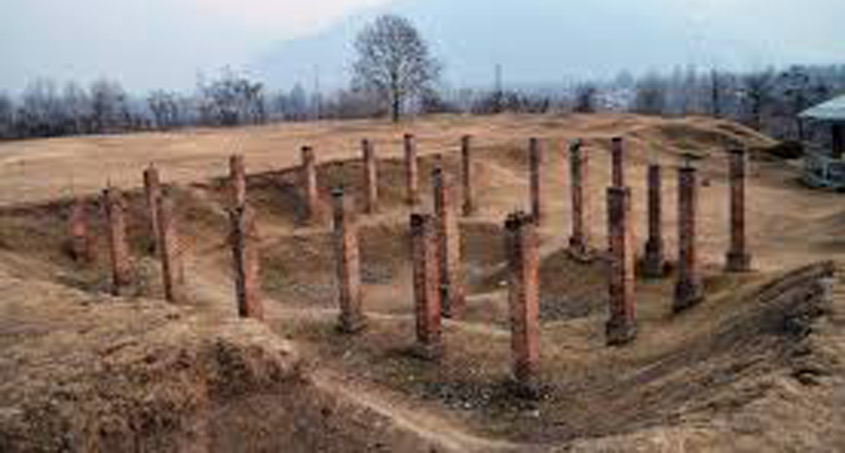Kashmir’s history may be older than the Burzahama era, which is generally agreed to as its prehistoric period, claimed Dr Ajmal Shah and Dr Mumtaz Itoo, two Kashmir based archaeologists and researchers, who are awaiting detailed analysis of the material collected by them from many prehistoric sites in North Kashmir in April this year.
“The detailed report will show the real prehistoric period of Kashmir and we are confident that the material we have collected will prove that the prehistoric period of Kashmir was hundreds of years before the Burzahama era,” Shah and Itoo told The Sunday Guardian.
Their assertions coincide with the Archaeological Survey of India’s August 2017 report that claims Kashmir had “fledging international trade” with neighbouring countries of Central Asia as early as 5,000 years ago. The ASI report is based on decades of research and hitherto unpublished findings of the excavations conducted at Burzahama.
The report was published by outgoing additional director general of ASI, R.S. Fonia, and was released by Prof Vasant Shinde, vice-chancellor of Deccan College of Post-Graduation and Research Institute. Prof Shinde said during the release of the report that prehistoric Kashmiris gave high quality textile to the world and, perhaps, also wool.
Fonia claimed the pre-historic Kashmiri was a genius and a born artisan, adept at weaving and intricate craftsmanship. The ASI report said that it is now beyond doubt that thousands of years back Kashmiris were having free trade with present day Pakistan, China and other sub-Himalayan countries. It further said that the use of wool and making of stone and bone-tools show that the Kashmiris of pre-historic period were highly skilled. The young researchers of University of Kashmir have already said that North Kashmir has been a migration corridor and they also claimed to have collected proof
The Burzahama site was found by researchers H.D. Terra and T.T. Peterson of Yale, Cambridge who came to Kashmir in 1935. It was because of their efforts and the encouragement given by the then Maharaja of Jammu and Kashmir that they were able to find the early man and associated human culture in Kashmir. They did initial excavations at Burzahama as the Maharaja gave them all the facilities and allowed them to dig huge gthe land. According to ASI officials, further excavations were undertaken by T.N. Khazanchi between 1960 and 1971. However, he passed away before he could complete his research. Fonia did the rest of the research at Burzahama from 1985 to 1997 while he served as the superintending archaeologis of J&K.

